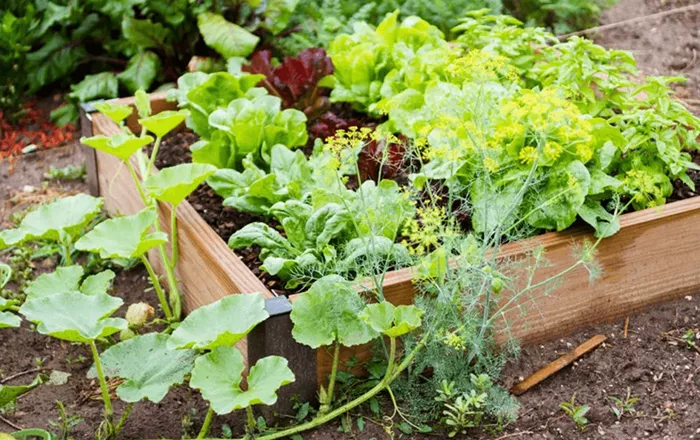Even though the snow has only just melted in Calgary, behind Donna Balzer’s cozy bungalow, spring is already in full swing. Her greenhouse is bursting with strawberries, eggplants, tomatoes, and even Meyer lemons — a colorful, fresh feast just steps from her back door.
Instead of buying pre-packed, limp greens at the store, Donna picks shiny spinach leaves rich in nutrients right from her own garden. And when her recipes call for herbs, she simply snips fresh rosemary or basil — no more wasting half-used bunches from the grocery store.
“There’s never a bad time for fresh basil or rosemary,” she says with a smile.
With food prices rising, it’s tempting to jump into gardening for the sake of saving money. But experienced gardeners like Balzer say success doesn’t come overnight. Growing your own produce takes time, planning, and patience.
Balzer is a horticulturalist who teaches and writes about gardening. When she moved from British Columbia to a smaller home, she decided to invest in a backyard greenhouse. It cost around $20,000, but she sees it as more than a gardening space — it’s a peaceful extension of her home. Now that her kids are grown, she has time to enjoy it.
“It’s so worth it,” she says, relaxing in a patio chair as sunlight pours through the greenhouse glass.
Another of her favorite investments? A $1,500 grow light setup in the basement, where sturdy shelves hold rows of young plants. Instead of repurposing old yogurt containers, she chose uniform, durable trays for better results and easier maintenance.
For beginner gardeners who may not have the same time or budget, Balzer recommends starting small — maybe just one or two favorite foods.
“The worst thing is flipping through a seed catalogue and picking one of everything,” she warns. “Stick with your favorite — maybe just herbs. Grow great basil, then trade with a friend for their homegrown tomatoes.”
Twelve years ago, Maggie Wysocki was also a beginner. She taught herself to garden and now shares her experiences on her website, From Soil to Soul. Her home near Winnipeg includes a greenhouse, chickens, and a garden full of hardy plants that survive the chilly Prairie seasons.
Wysocki says one of her earliest mistakes was shopping without a plan.
“It’s easy to get excited at the garden center. Everything looks fun and new,” she says. “But if you don’t go in with a list that fits your space and backyard climate, you’ll overspend and end up frustrated.”
She also doesn’t recommend splurging on every high-tech gardening gadget.
“People think technology will make them better gardeners,” she says. “But gardening is about being outside, watching, and learning from nature.”
However, she has found value in a good irrigation system. For gardeners on a budget, she suggests putting most of your money into your soil — with compost, mulch, or topsoil — rather than spending big on seeds or fancy tools.
“Healthy soil is everything,” she says. “It’s the base for all your plants. Spend most of your budget there. Seeds and supplies should only use about 15 to 20 percent of your garden funds.”
Wysocki also suggests choosing crops with a high return. Instead of growing just a few tomatillos, pick vegetables like onions or potatoes that store well in winter. Tomatoes are also a smart pick — they can be frozen for soups and sauces.
She admits that growing your own food doesn’t save money right away.
“You probably won’t see savings in your first year or two,” she says. “That time is for learning and building your garden.”
But if you stick with it?
“After three to five years, you’ll start to notice real savings,” she says. “The investment pays off — in your garden and on your grocery bill.”


